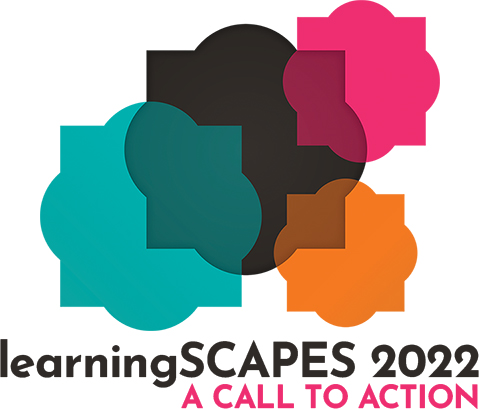 | 1 LU / HSW |
 | 1 LU / HSW |
We know that the built environment has a significant impact on teaching and learning, occupant health, and school operations. So how do we adequately measure and assess our buildings to make strategic and impactful decisions? To truly address the needs of the communities that we serve, and distribute resources equitably across our schools, we need to rethink the traditional assessment tools which only scratch the surface and don’t give a complete view of the learning environment conditions. Perkins Eastman was awarded the 2019 AIA College of Fellows Latrobe Prize, a research grant focused on understanding how school buildings impact student outcomes, occupant health, and the communities they are in. As part of that study, Perkins Eastman developed a comprehensive Educational Adequacy (EA) tool to evaluate the factors that make a great and supportive learning environment. The EA tool focuses on factors that impact and support the education of the whole child and includes more than 240 metrics centered on school presence, safety and security, instructional spaces, assembly spaces, extended learning areas, environmental quality, building organization, and the school’s ability to create a sense of community. The condition of the building and the assets in them also plays a significant role and contributes to the overall condition of the learning environment. Facility Condition Assessments (FCA) are the proven method to understand the conditions of our facilities, and they are filled with valuable information, but the reality is that they are complex, static, and rarely used after they are completed. Perkins Eastman has developed a set of tools to breathe new life into FCA’s through the use of 360-degree images and intuitive dashboards to support both long-term planning, and daily operational needs. Learn how blending both these resources develops a comprehensive understanding of what makes a great, healthy, and supportive learning environment.
Learning Objectives:

Patrick is the K12 leader for PE Strategies, the strategic planning and consulting arm for Perkins Eastman. Through his extensive experience at two large urban school districts, Patrick has demonstrated that successful learning environments are imagined well before a design even starts and that great buildings begin with thoughtful visioning and data-informed strategic planning. Patrick’s planning has led to multi-billion-dollar investments in school facilities in Washington D.C. and Baltimore.

A recognized leader in educational facility planning and design, Sean is Perkins Eastman’s international K12 practice area leader. Over his 27 years of experience designing great learning environments, on projects ranging from the development of a program, the evaluation of an existing building, to the design of new campuses, he has worked to ensure that the learning environment is fully supportive of all of the users’ physical, intellectual, social/emotional, organizational and technological needs.

What evidence is there that design matters? That a particular method of delivery is advantageous? That one product is better than another? What lessons have you learned?
Primary Core Competency
Assessment of the School Facility: The ability to objectively evaluate a learning environment post-occupancy and utilize that data to improve future projects. Implements a plan for educational commissioning that provides guidance on how to use and maximize the learning environment to meet the foundational vision established in the planning phase.
Learning Units/Health, Safety, Welfare (LU/HSW)
With Health, Safety, Welfare (HSW) defined as: "...anything that relates to the structural integrity or soundness of a building or building site," and the fact that this presentation is fundamentally about the integrity and the soundness of the built environment to support the health and well-being of students, school staff, and the communities that our schools serve, it is clearly focused on HSW.